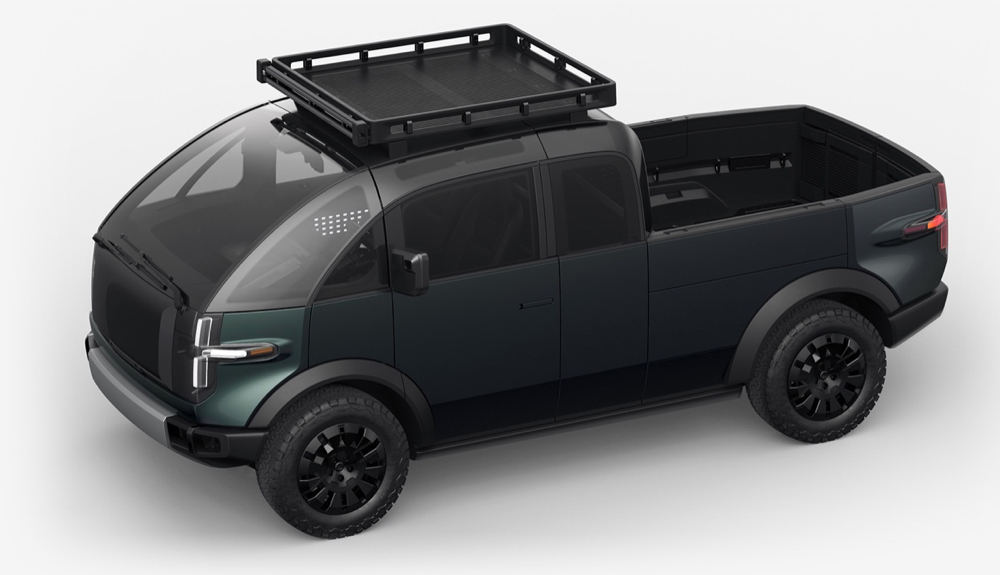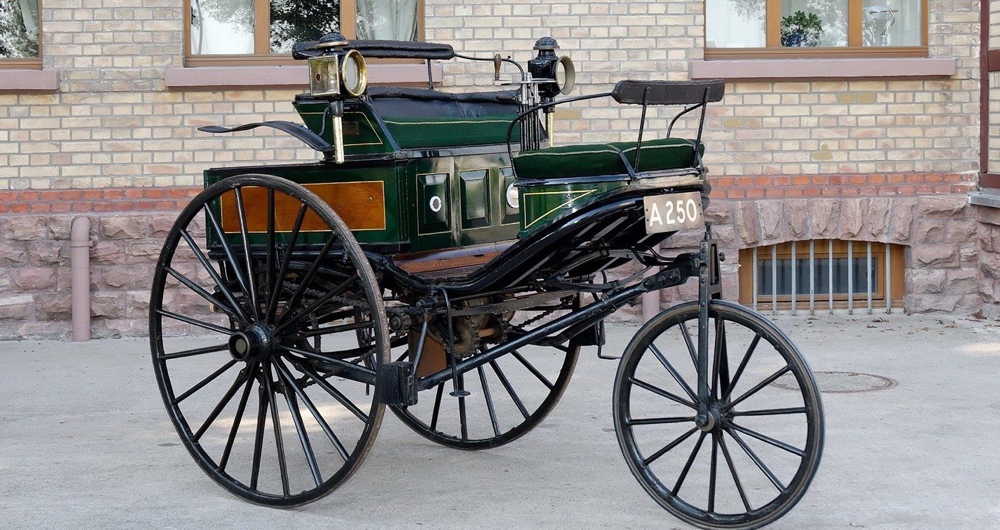
As the electric pickups are starting to roll off assembly lines, one of the things that struck me was the inclusion of a “frunk.” (For the uninitiated, a frunk is a trunk, or storage area, located in front of the driver, instead of behind, located where an ICE vehicle would usually have its engine.) Why do the electric pickups look like ICE pickups? Do they have to look like ICE pickups?
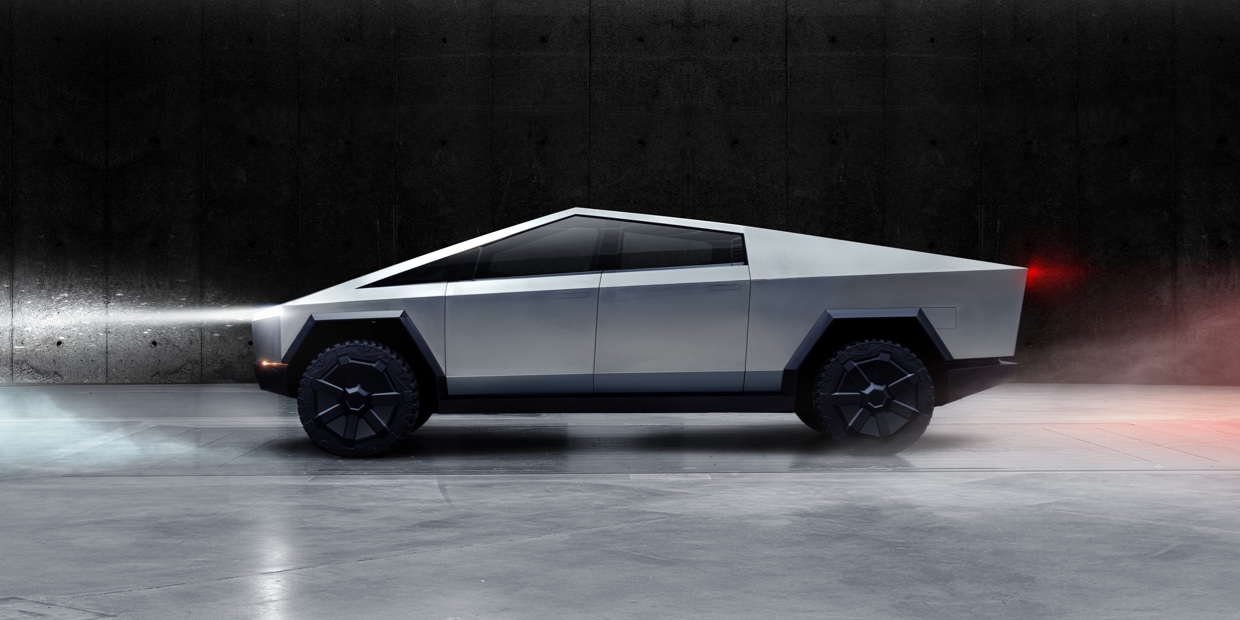
The short answer is no, we are just adhering to the design language of the vehicles with which we are familiar. Even the Tesla Cybertruck, which has a design that seems to inspire either love or hate, looks more like a typical truck than what we may see in the future. It has a frunk, albeit a small one. One of the advantages of all that structure, in front of the driver, is the safety of having a crumple zone, to help protect passengers in a head-on collision. Is a crumple zone necessary? Perhaps only time will tell, as designs mature.
FYI: I’ve never owned a pickup, but would seriously consider making the Cybertruck my first one.
The love/hate reaction we’ve seen from the public, gives us a clue about why we’re seeing more traditional vehicle designs, instead of what’s required of electric vehicles. We’ve seen this before. When automobiles, or “horseless carriages” first arrived, many used the design language of actual horse-driven carriages, including at least one model that included a horse’s head (Godfather not required)
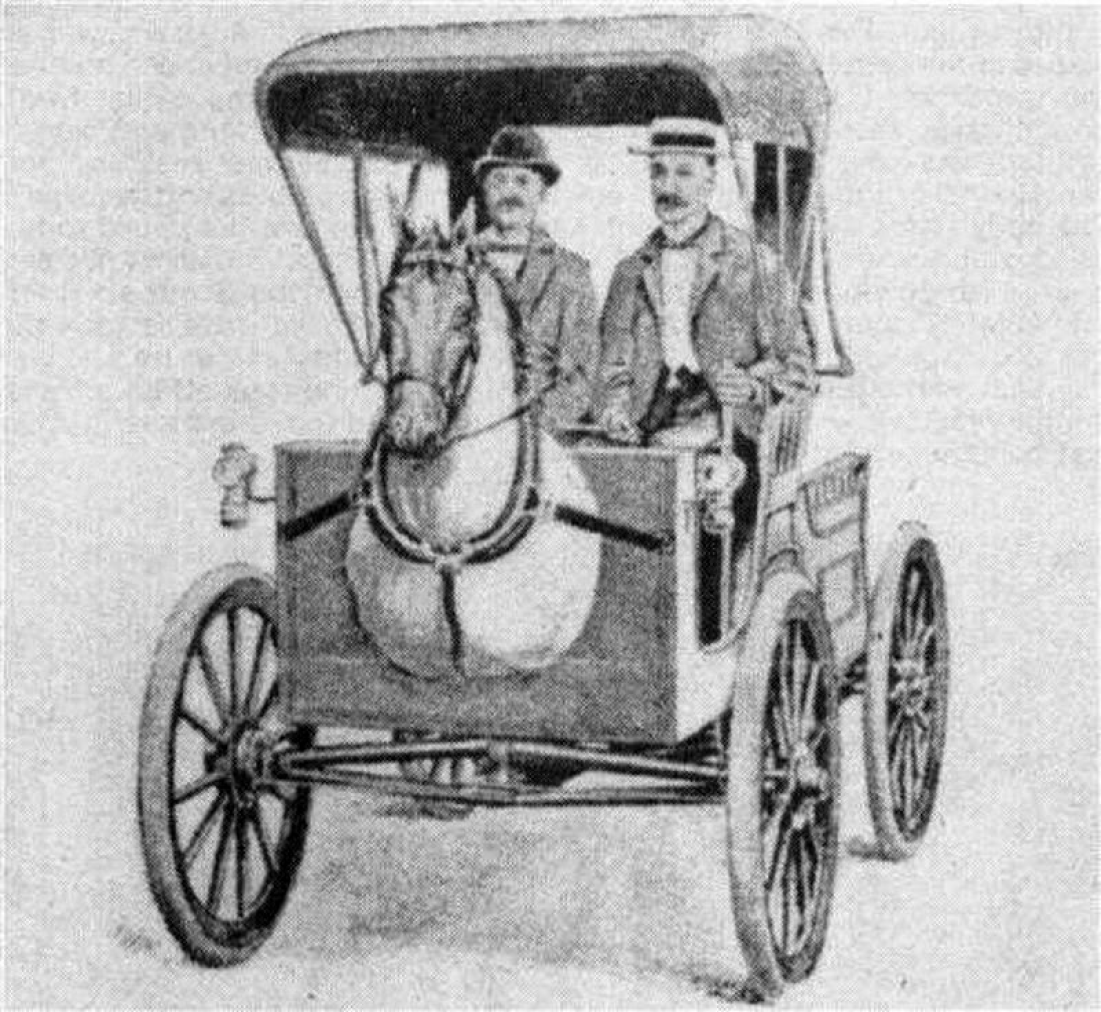
There was no roof or cabin, in fact many had no doors to speak of. The engine wasn’t where we see them in most vehicles today. It made it more comfortable for people to migrate from horse-powered to horsepower. In other words, people could intuitively understand the function of the automobile, because it looked like what they were used to. Even the term “horseless carriage” served this purpose. The image below is of a 1905 Studebaker “Trap,” Model 9017. A “trap” is the term used for a light, two-wheeled carriage, pulled by a horse or pony. It was also an electric vehicle! Steering was a new idea, since horse-drawn carriages just went where the horse(s) went, the steering wheel had not been invented, so the Studebaker had a handle, next to the driver’s seat, that served that function.
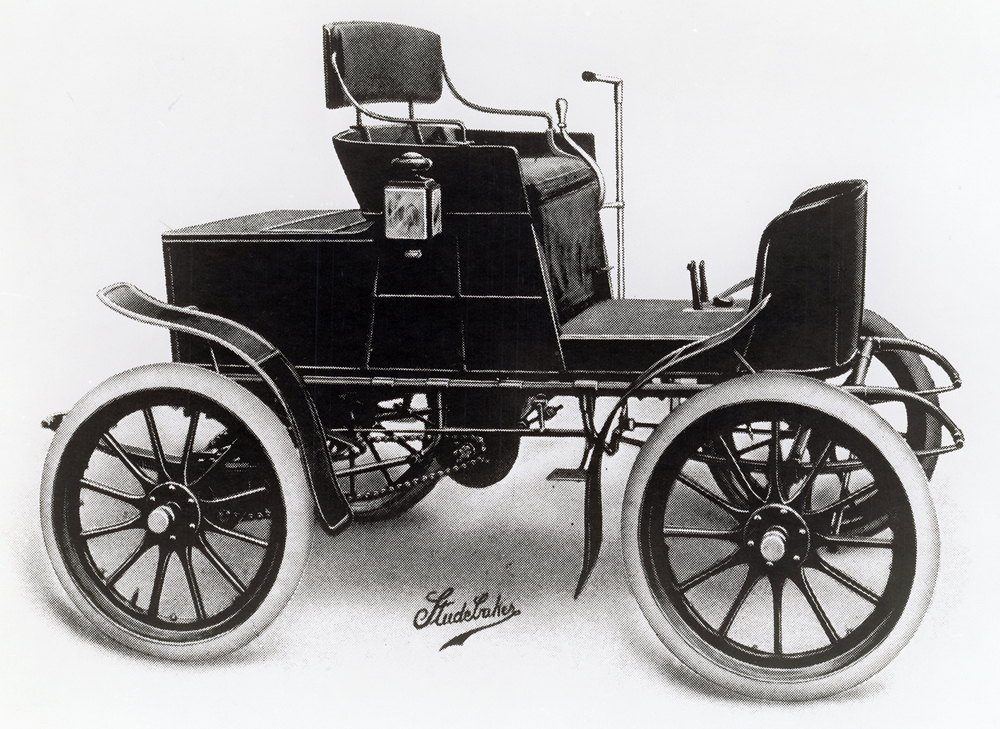
As drivers gained more experience, that experience informed automobile design and changed the design language, either due to safety factors, like the crumple zones mentioned earlier, or for mass production considerations. Take the example how the famed dancer, Isadora Duncan, died in 1927: her long scarf got caught in the rear wheel of the open air automobile, which was being demonstrated for her. It was a gruesome tale, but undoubtedly had an effect of automobile design (and perhaps scarf style) going forward. Then came seat belts, air bags, cameras pointed in every direction, including “360 cameras” that provided an image that appeared to be from a camera located above the vehicle, looking down on it, but was actually computer-generated, based on views of multiple small cameras located on the car’s periphery.

Will frunks exist, into the future? Only time will tell, but it will hinge on usefulness of the frunk as well as safety concerns.
But the frunk is just the tip of the iceberg. The motor that propels an EV can be located in front of the driver, as is done in the majority of EV designs today (e.g. the Chevy Bolt EV or Nissan Leaf) or on the axle(s) or even in the wheels. Motors located in wheels are called hub-mounted motors. One example of a vehicle using this approach, is the Lordstown Endurance. Is this the way to go? Again, only time will tell.
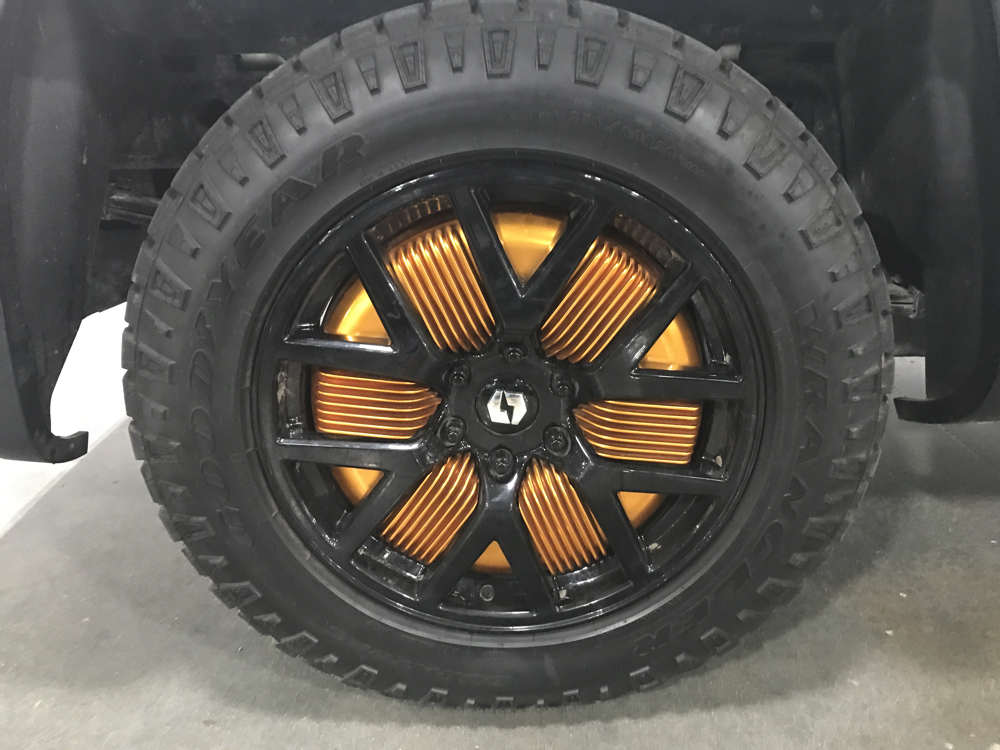
Efficiency will, in my opinion, play a role in new EV designs. To some extent it already has, with conventional-looking sedans, like the Tesla Model S. The model S is known for having a very low drag coefficient. In other words, its curvy shape offers less wind resistance which requires less energy to push it forward. On the other hand, it can go zero to sixty in three seconds. Obviously efficiency wasn’t Tesla’s only design criteria. However, as mass EV adoption become a reality, there will be more competition for resources required to make batteries and electric motors. Those resources can be stretched by increasing efficiency. As camera technology earns its place in vehicle safety, it will more than likely bring about the demise of the side-view mirrors required on all vehicles today. Tesla and some other manufacturers have promoted the idea of using small cameras for this function, because those camera can be embedded, into the vehicle, and produce less wind resistance. Less wind resistance equals more EV driving range.
The need for efficiency will definitely change vehicle design. In fact, it has ever affected vehicle design ever since consumers became concerned about gasoline prices We’ve been down this road before. If we carry that thought forward, we can easily see how the Aptera electric vehicle came into being. I recently spoke with Chris Anthony, co-CEO of Aptera, at the MOVE America 2021 conference in Austin, Texas. He is very focused on efficiency. In fact the Aptera has a drag coefficient of only 0.13, compared to Tesla’s Model 3’s 0.23 (the lower the number, the less wind resistance). Weight is also an efficiency component, so their vehicle has body panels made of composite materials, resulting in a much lighter EV than most, 65% less, according to the Aptera website. The Aptera has even embedded solar panels in certain body panels to recharge the vehicle without plugging it in. It can recoup about 40 miles of range, just sitting in the sun! When I asked Chris how he came about this design philosophy, he shared that he used to head up a boat manufacturing company. Hull design of boats is all about efficiency, since water is much more dense (and therefore resistant to penetration) than air. He said the Aptera design started with a single equation, meaning the calculation of drag coefficient. It was their primary concern, from the beginning.
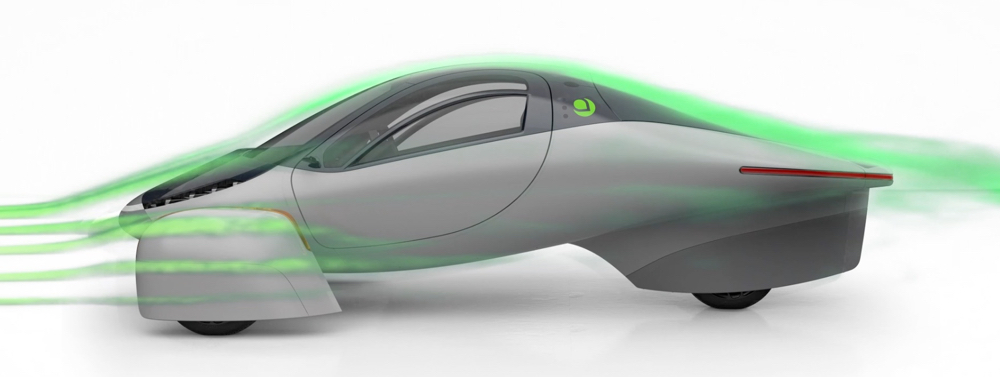
I think we’ve only scratched the surface of how vehicle aesthetics are going to change with the advent of EVs, but it will happen. It’s only a matter of time. Just keep an eye on how pickups change over the next decade!
